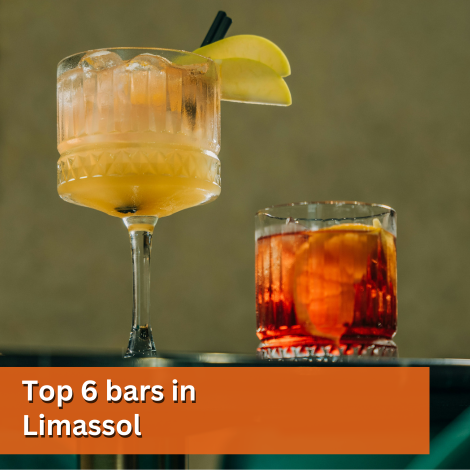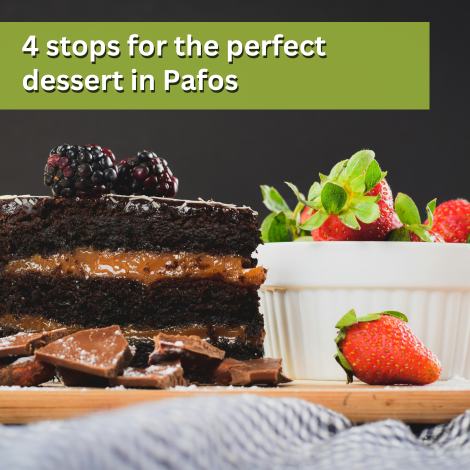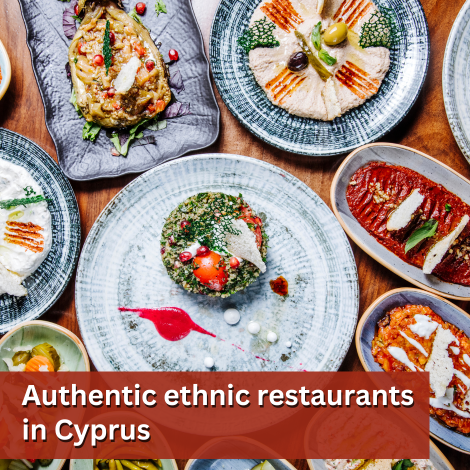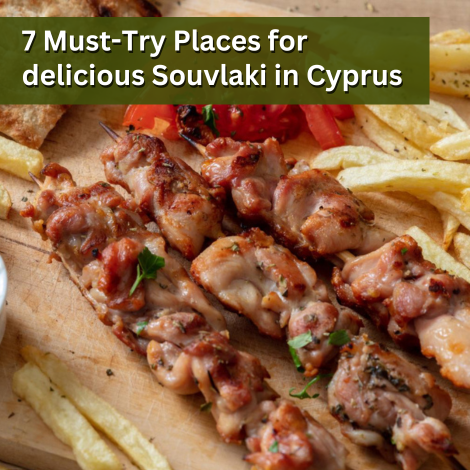Nisou
In Nisou you will find churches and sights of great archaeological and cultural value.
Nisou is a village in the Nicosia province, built on the north bank of the Gialia River, at an altitude of 230-290 meters above sea level.
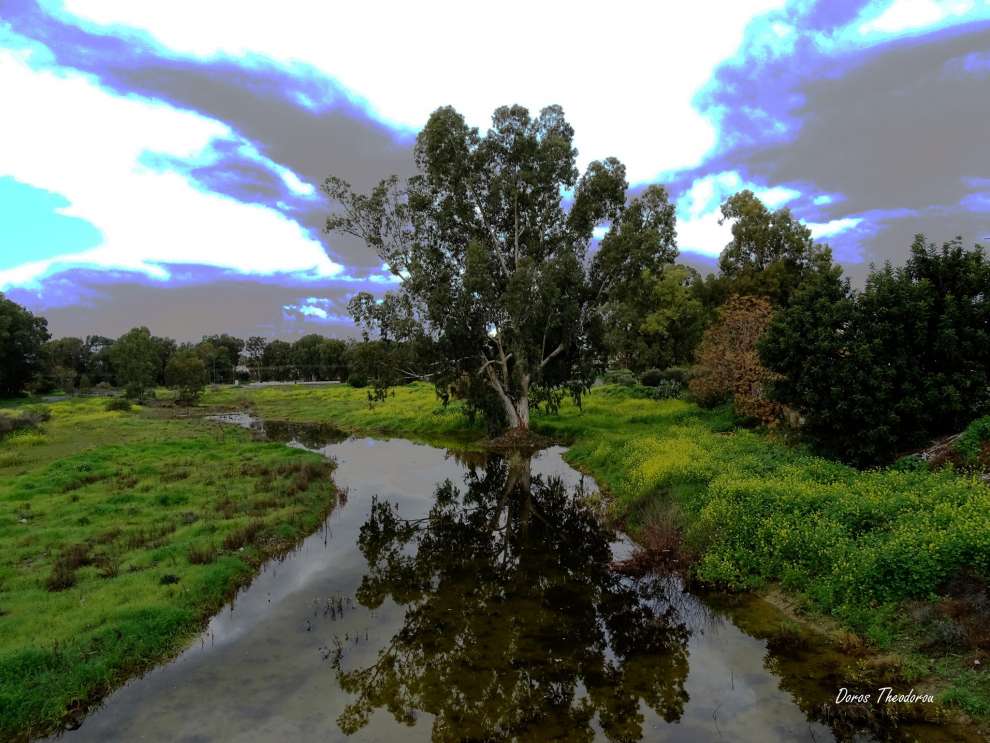 Photo: Doros ATheodorou
Photo: Doros ATheodorou
Nisou is in an advantageous position since it is 10 minutes away from Nicosia, 20 minutes away from Larnaka and 35 minutes away from Limassol.
According to the 2011 census, Nisou had 1966 inhabitants.
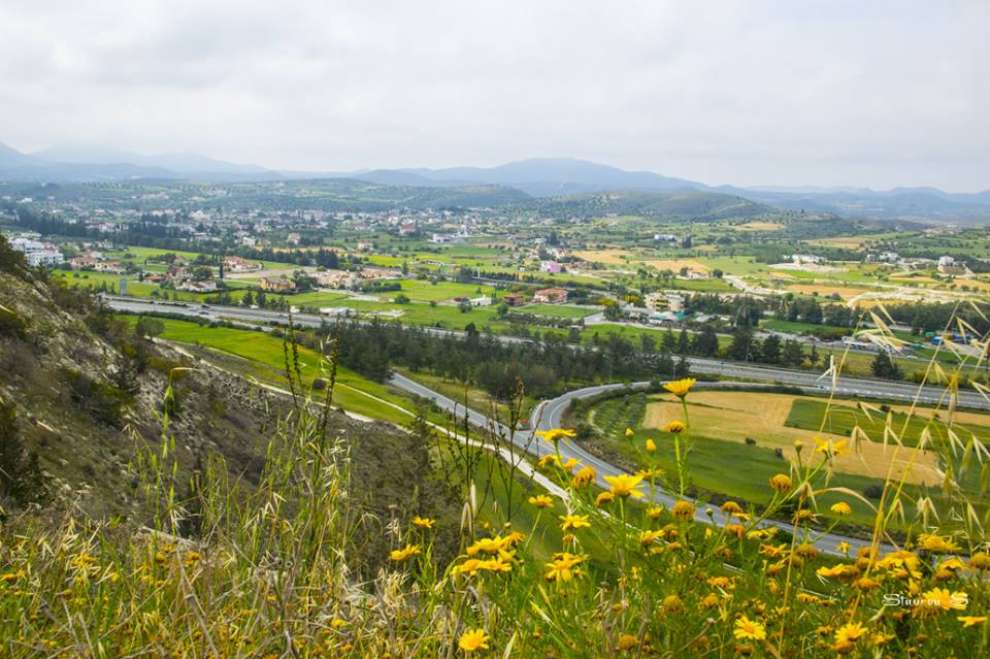 Photo: Σταυρου Σταυρος
Photo: Σταυρου Σταυρος
The name of the village:
The village was named "Nisou" (Island) due to the fact that it used to look like a small island in the past years. It was located around the river Gialia. The river, as it was coming from the mountains of Machairas, was divided into two parts in the area of Nisou, which merged again to the east. So the village was named Nisou.
The history of Nisou:
According to the testimonies that arise from the excavations of the Dali kingdom, the wider region was at least inhabited since the 17th century BC. According to Stefanos Byzantios (a Greek writer who lived at the end of the 5th century) the kingdom of Halkanora was founded during the colonization of Cyprus by the Achaeans, namely in the 14th century BC. However, there are no testimonies to prove whether Nisou as an ancient settlement existed before the Halkanora kingdom or if it was built alongside it.
The first mention of the village dates back to the early Christian centuries when Archimandrite Kyprianos in Chronological History states that an ancient tomb with a sarcophagus possibly belonging to a local Saint was found near Nisou. In addition, the existence of an underground church in the northeast of Nisou, which is dedicated to Agios Eftychios, indicates the existence of a settlement in the area of Nisou during Pre-Christian times.
During the Byzantine period there is no mention of the settlement of the village. According to reports, Nisou was a royal feud.
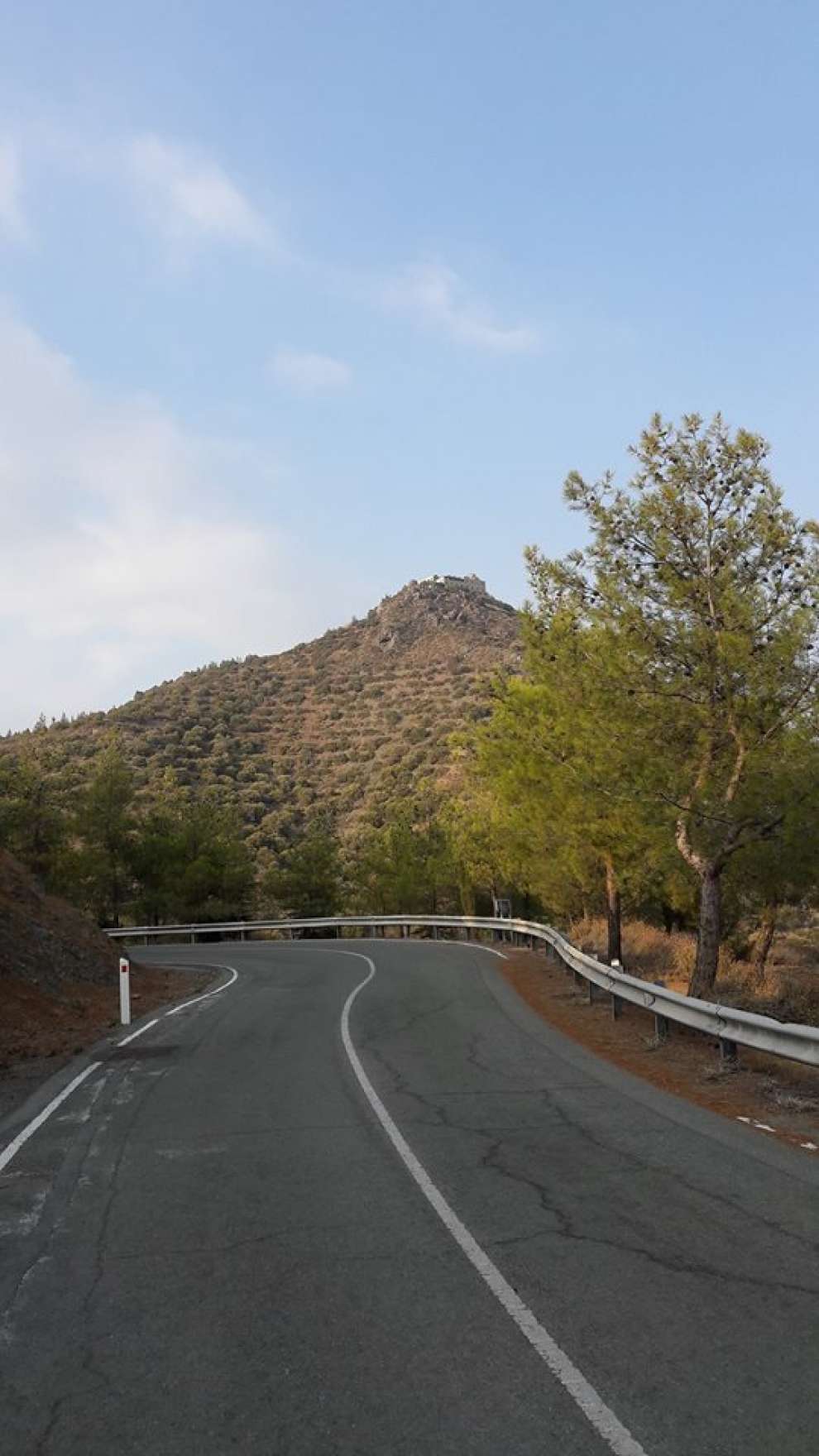 Photo: Kimonas Markoulis
Photo: Kimonas Markoulis
In the 13th century AD it seems that the village belonged to William Vicomte when after his request, in 1221 AD, the Latin Archbishop Eustorgius founded a Catholic church in Nisou. At the beginning of the 14th century it was reported that Nisou had been negotiating between the emissaries of the regent Amorry (1306-1310 AD) and representatives of Knights Templar on the tradition of the Templars at the Pope's request.
In the Middle Ages, the village is mentioned by the French noble Seigneur d 'Anglure, who was welcomed to the village of Nisou. In old maps it is referred to as Niso and Nison. According to the medieval chronologist George Voustronios, in 1460 AD the village was given to Nikolaos Morabit, by King Iacovus II the Northeastern.
During the Venetian occupation, it is believed to have fallen into state farms and then seized by the Turks (1570-1571). Nisou and its suburbs were one of the largest estuaries with strategic territory and strategic importance. The Turkish inhabitants called it Disdar, meaning "castle guard", this is because of its administrative importance it was renamed "Disdar - Castle Guard".
In 1821, the owner of the tsiflik was a priest, who was hanged in the episodes of July 9th, 1821, referring to the Archbishop of Cyprus, Kyprianos. From then on, until 1908, the landlord was in the hands of the French Consul in Cyprus, known to the locals as Frangos or Vragonos. In the 19th century in the Nisou area, the Frankish coalition of Lapier and Mattey held huge assets.
At the beginning of the 20th century Frangos, who was childless, dissolved the landlord and deposited it with a bank in Nicosia. Then a wealthy Keryneiotis named Savvidis (in can also be mentioned as the name Miliandides) passes the tsifliki in his possession. Later archbishop Cyrillus II mediated and managed to get the landlord into the hands of 12 Christian residents. So Frangos' house is beginning to be divided and passed into the hands of various local owners.
Because the territory of Nisou was very fertile, apart from the Franks, there were still two large estates that were run by Turkish people, and these were most probably given to them by the occupation of Cyprus by the Turks (1570).
The crops in the village:
In the old days the workers cultivated cereals, cotton, grapes and in the later years they cultivated potatoes.
Sightseeing and churches:
In Nisou you will find churches and sights of great archaeological and cultural value.
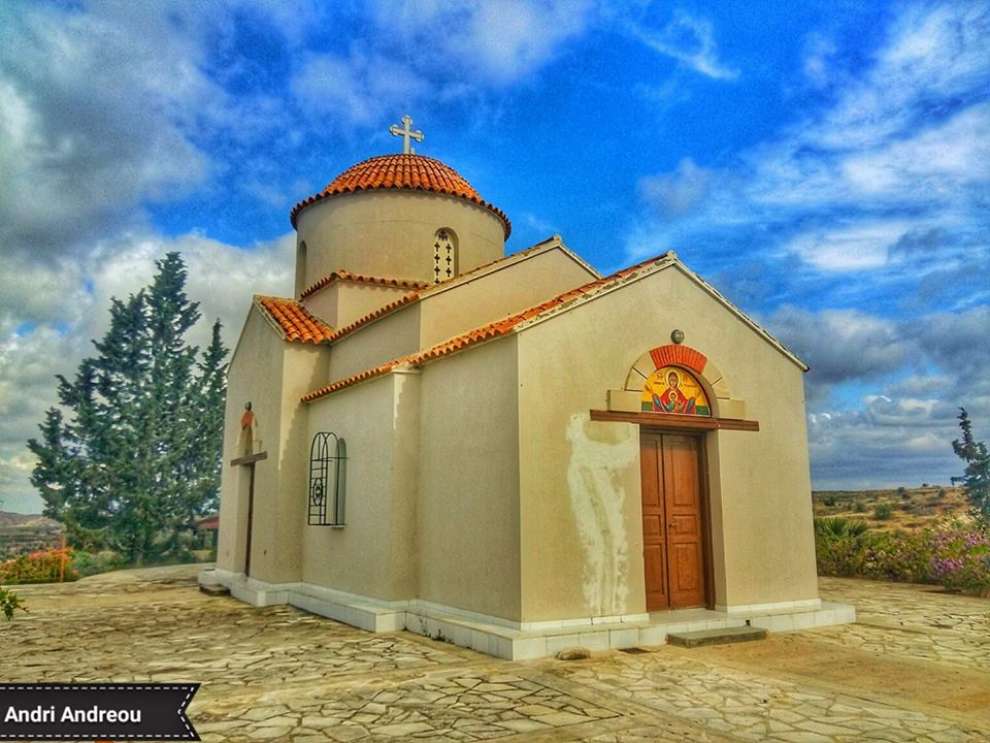 Photo: Andri Andreou
Photo: Andri Andreou
The church of the Holy Apostles Peter and Paul, built on a small hill, to the west of the village. This church dates back to the 12th century A.D. and belongs to the type of monochrome cruciform temple with a dome. The temple is very rich in painting decoration. Liturgy takes place on the feast day of the Apostles Peter and Paul, and on the Thursday of Galilee.
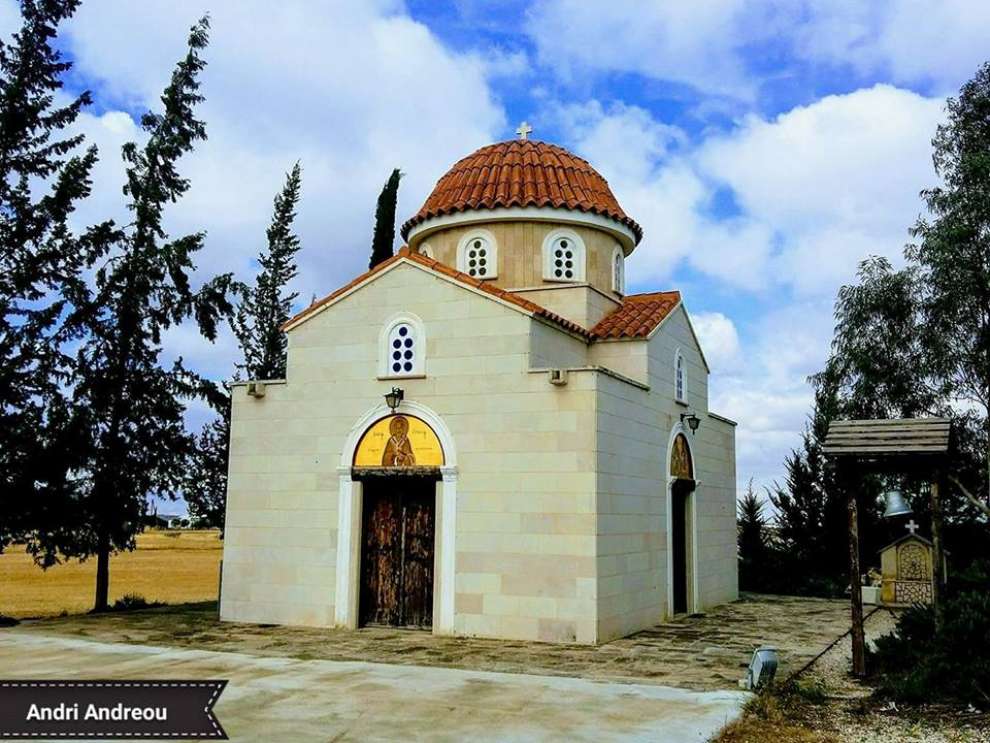 Photo: Andri Andreou
Photo: Andri Andreou
The patron saint of Nisou is Agia Paraskevi. The small church of Agia Paraskevi, an 18th century building that was preserved until 1962 when it was demolished to build the new temple, was built on the precinct of today's church. The new church was built in 1962 - 64 by Loizos, a builder from Akanthos. It belongs to the type of cruciform temple with a dome, with a rectangular plan inside. The new church was inaugurated by Archbishop Makarios III in 1967. In the courtyard of the church you will see the tombs of the local heroes: Christodoulou, G. Xenophontos who fell in battle in 1963 and V. Cavaros and K. Lambrou who fell in 1974. In the same place are buried the bones of Nikolaos brothers from Kyrenia, who until recently were considered missing, but with the method of DNA , their identity was established.
In addition, in the village you will see the so-called "Cypress of the Franks" or "Cypress of Nisou." It is a typical tree of the Mediterranean vegetation with a perimeter of 4 meters and 65 cm, height 28 meters, and its age is estimated to be around 500 years.
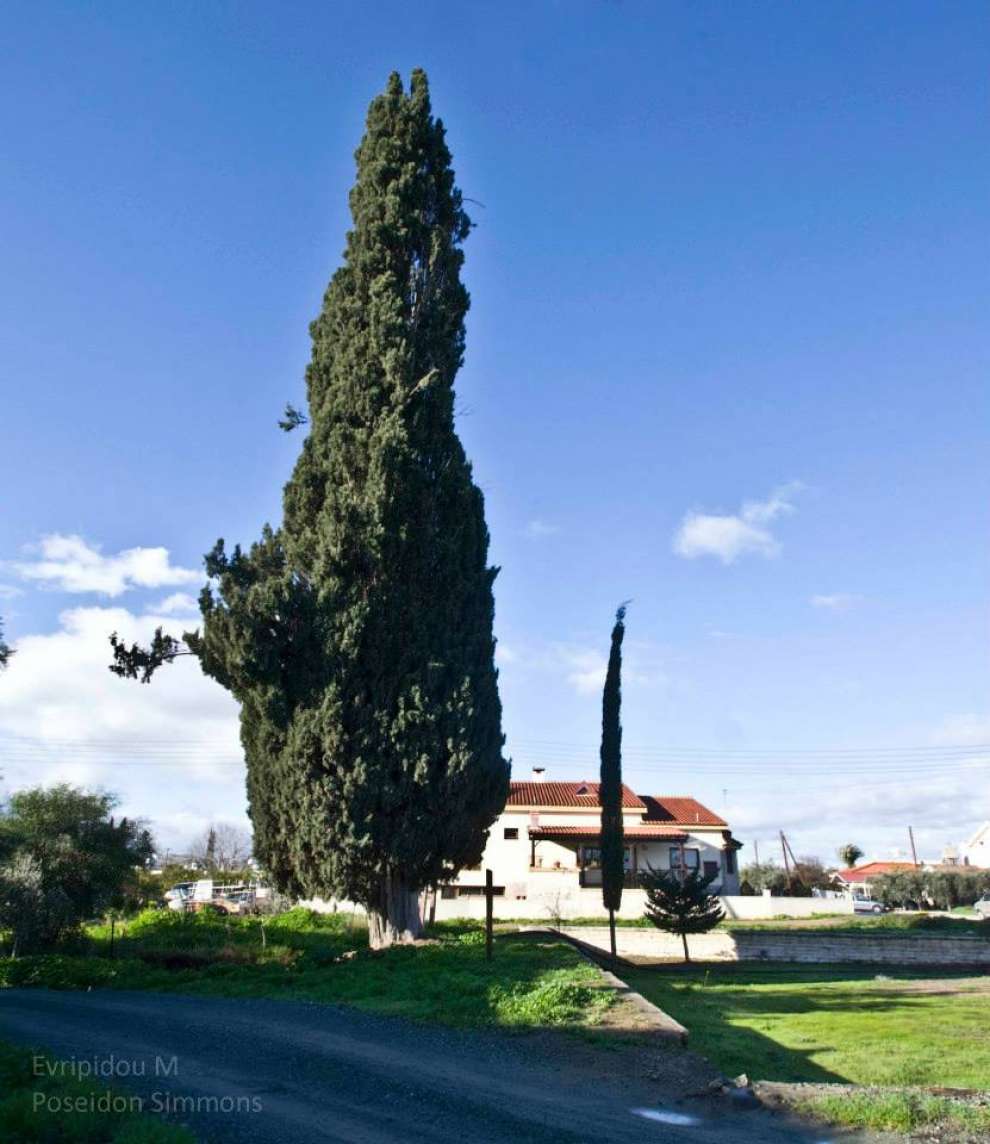 Photo: Evripidou Maria
Photo: Evripidou Maria
In Nisou you will also see the tomb of Agios Eftychiou, to the north of the village. The same tomb is claimed to be dedicated to Saint Epiphany. It is said that next to the tomb there is another church. In ancient excavations that have been made, some steps have been found, but the excavations have ceased due to the large bulwarks in the area. The tomb has dimensions of about 11.00 x 2.50 meters. The site of the sanctuary is separated from the main temple with a later wall. The lateral walls of the carved section were reinforced with walls and arches to prevent collapse. The roof today (2018) is almost flat, but it seems to have been vaulted. The remainder of the tombs are built in a trough and covered with an acute arch.
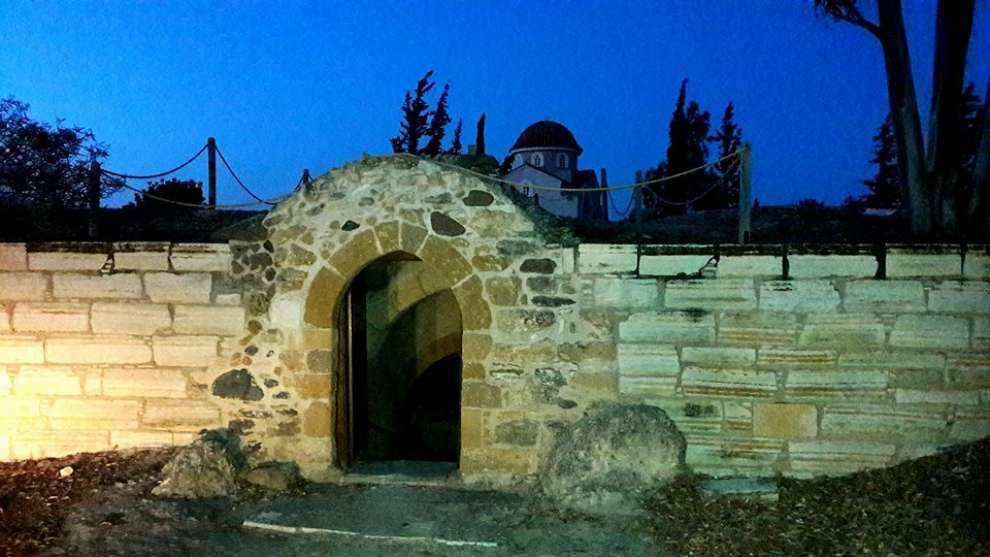 Photo: Kimonas Markoulis
Photo: Kimonas Markoulis
Finally, you can visit the Museum of Folk Art and Traditional Architecture in the villages of Pera Chorio and Nisou, which is housed in the "House of Hatzipantelis". The main goal of its creation was to create a space that could provide the visitor with a complete picture of how the traditional houses functioned in the early 20th century.
For the map of the area, click HERE
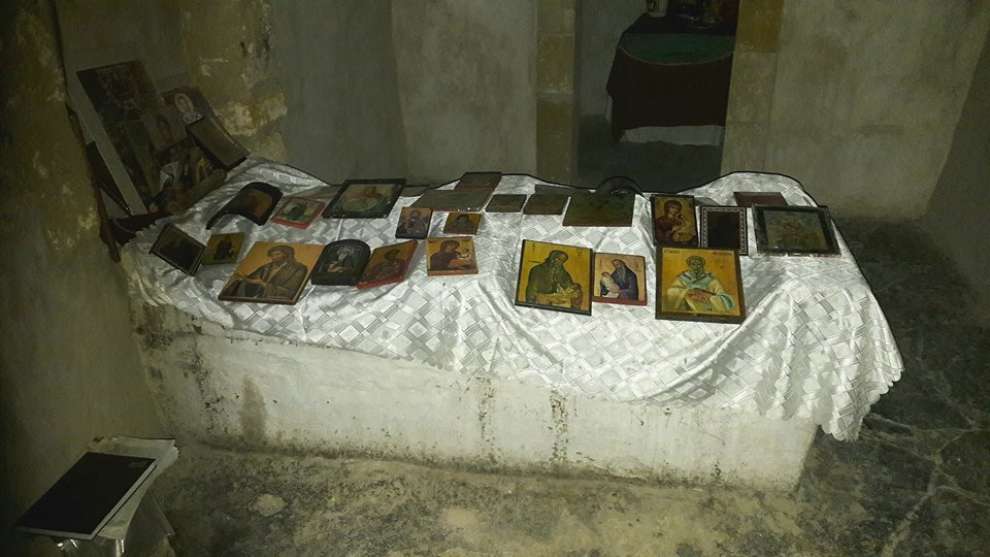 Photo: Kimonas Markouli
Photo: Kimonas Markouli

 English
English
 Ελληνικά
Ελληνικά Русский
Русский

